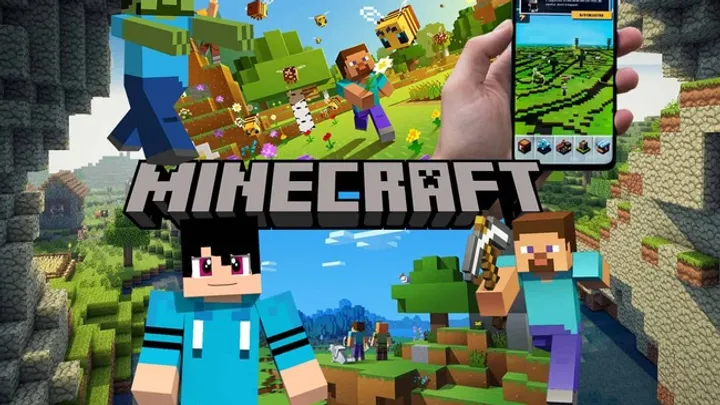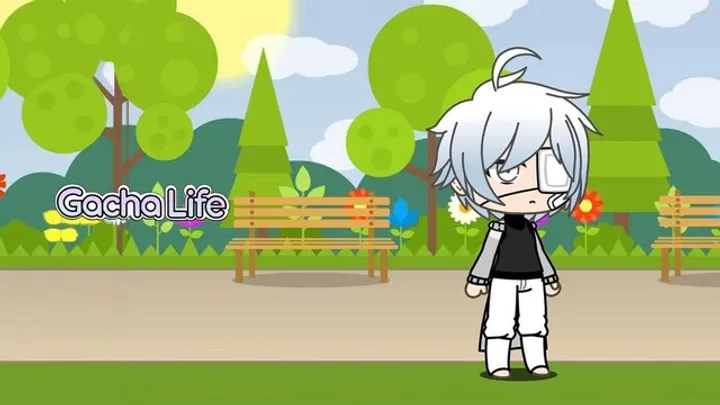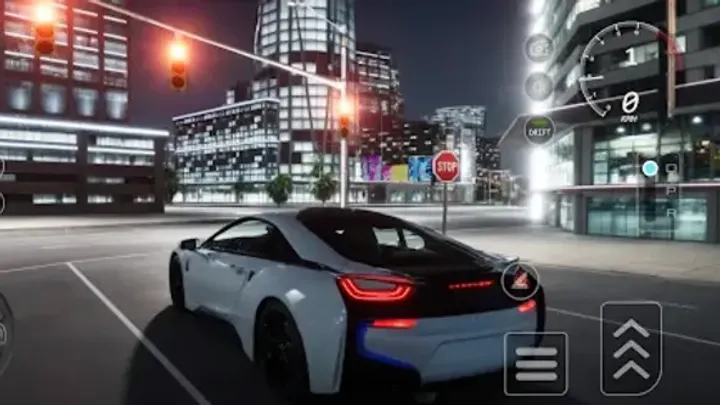Car Driving 2025: School Game distinguishes itself in a crowded field of driving simulators not because of its car collection or flashy visuals, but because of its psychological realism — how it transforms digital driving into an exercise in cognition, awareness, and human-machine empathy. Beneath its surface as a “school” game lies a deeper experiment: how players react, learn, and emotionally connect with simulated experiences that mirror real-world driving conditions.
This article explores the psychology behind the game’s realism. It focuses not on techniques or guides, but on how the design simulates human perception, stress, adaptation, and morality. Across ten interconnected sections, we’ll trace the journey from a player’s first interaction with the simulation to the emergence of genuine driving intuition — a process that blurs the line between virtual and real understanding.
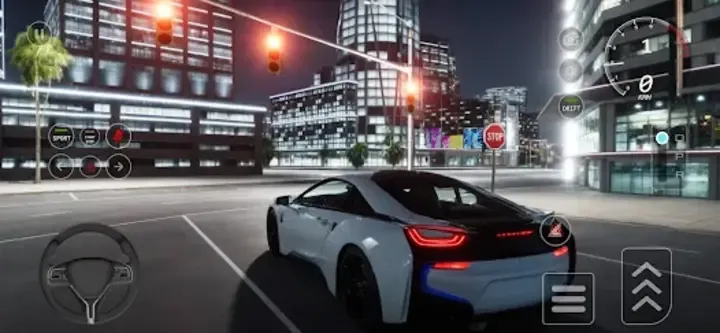
1. Entering the Simulation: The Mind’s First Contact
When a player begins Car Driving 2025 for the first time, they experience what psychologists call sensory calibration. The player’s brain immediately starts comparing what it sees on screen — the steering wheel, road, horizon — with its real-world expectations. This comparison forms the first psychological bridge between the virtual and physical worlds.
The early gameplay deliberately feels calm. The lighting is natural, the roads are wide, and the controls respond smoothly. This comfort allows the brain to accept the simulation as a believable environment. The moment the car moves, the nervous system responds instinctively: eyes track motion, hands anticipate corrections, the body tenses slightly. These physical responses signal a deeper truth — the mind is beginning to believe.
2. Environmental Perception and Sensory Mapping
The realism of Car Driving 2025 doesn’t exist merely in the car models; it lives in the environment. Every visual cue — the roughness of asphalt, the flicker of rain, the golden tint of sunset — acts as information. The player learns to read the world, not just drive through it. This act of environmental reading is central to the psychology of driving.
Auditory design enhances this effect. The sound of tires changes when passing from concrete to gravel. Engine noise softens in tunnels and sharpens on open roads. Together, visual and auditory cues teach the player to predict conditions before they become visible challenges. This predictive skill mirrors real-world driver behavior — a subtle yet profound example of sensory realism at work.
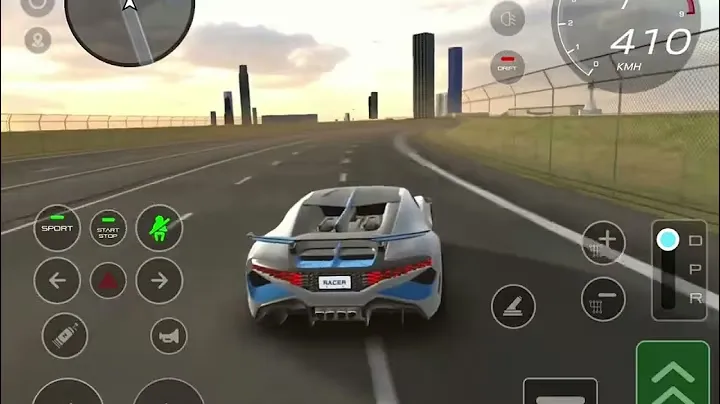
3. Learning Through Naturalism: Implicit Cognition
Car Driving 2025 doesn’t rely on overt instruction. Instead, it teaches through experience — what psychologists term implicit learning. The player absorbs rules, not by reading them, but by living them. When a red light is ignored, there’s a consequence. When a smooth corner is taken correctly, satisfaction follows. The brain ties emotions to actions, creating durable memories without conscious effort.
This learning approach mirrors how people acquire driving skills in real life. The repetition of small successes and failures creates procedural memory — the kind of knowledge that allows real drivers to act without deliberate thought. In this way, the game operates as both simulation and cognitive rehearsal, encoding understanding through emotional association rather than instruction.
4. Stress and Control: The Simulation of Cognitive Load
As gameplay advances, new variables appear: rain, fog, busy intersections, time pressure. These layers introduce what psychologists call cognitive load — the amount of mental effort needed to manage complex information. Car Driving 2025 uses this deliberately. The more conditions a player must process, the more their focus and stress levels rise.
The brilliance lies in balance. The game never overwhelms completely; instead, it pushes players to their limits, then rewards calm under pressure. As the player learns to maintain composure through chaos, they unconsciously train their brain to regulate emotion. This is more than entertainment — it’s simulation-based mindfulness. The player isn’t just learning control of the car, but control of their own mental state.

5. The Human-Machine Relationship: Empathy with the Vehicle
In most racing games, cars are disposable — tools for speed and spectacle. In Car Driving 2025, they are companions. Each car has distinct physical traits: different braking sensitivity, torque curves, and turning precision. Over time, players develop a sense of each vehicle’s “personality.” This relationship resembles mechanical empathy — the ability to understand and predict a machine’s behavior through familiarity and care.
Eventually, the player stops forcing the car to obey. Instead, they adapt to it, learning how it wants to move. Steering becomes smoother, acceleration more measured, braking more intuitive. The player doesn’t conquer the simulation; they cooperate with it. This shift from dominance to partnership is one of the most meaningful psychological transitions in the entire game.
6. The Role of Mistakes: Feedback and Adaptation
Every driving error in Car Driving 2025 is more than a penalty — it’s a feedback event. Running a red light, missing a turn, or colliding with another vehicle triggers immediate sensory consequences. The vibration of the controller, the sound of scraping metal, or the drop in score all reinforce a powerful lesson: actions have consequences.
This loop of failure and correction replicates a neurological process known as error-based learning. The brain refines motor behavior through mistakes, not successes. Car Driving 2025 harnesses this mechanism perfectly. Each small failure sharpens perception, improving timing, distance judgment, and anticipation. Over time, mistakes stop being frustrating and become essential data points in the player’s psychological evolution.
7. The Evolution of Awareness: From Conscious Effort to Automatic Flow
At first, players must think about every action: press the brake, steer left, signal right. But with repetition, these tasks merge into a seamless routine. This process is called automatization — the shift from conscious effort to subconscious mastery. Car Driving 2025 represents this beautifully. The once-clumsy beginner transforms into a driver who acts without overthinking.
This progression culminates in what psychologists call the flow state — total immersion in the activity. During flow, perception of time fades, and every motion feels effortless. The car, the player, and the world synchronize. In that moment, Car Driving 2025 transcends being a game; it becomes a pure cognitive experience, a demonstration of what mental harmony feels like in motion.
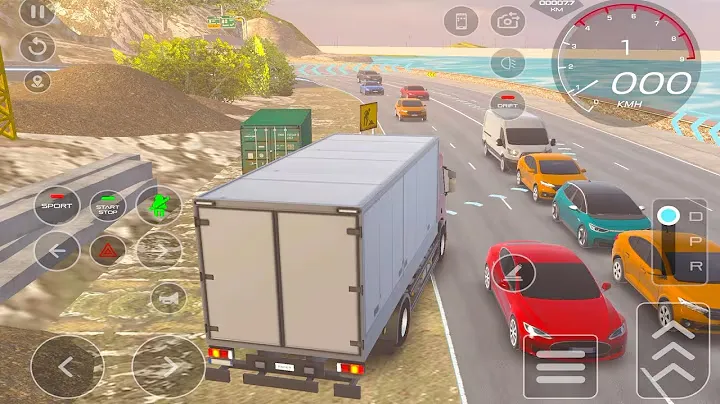
8. The Ethical Dimension: Realism as Responsibility
Car Driving 2025 doesn’t reward recklessness. Breaking laws, harming pedestrians, or causing accidents carry real consequences. This moral consistency transforms realism into ethics. The game teaches that driving isn’t just mechanical control — it’s social responsibility. The player must learn restraint, patience, and respect for others on the road.
This moral design element turns simulation into reflection. The player learns that safety and awareness are not constraints but marks of maturity. By weaving moral realism into its rules, Car Driving 2025 becomes a quiet teacher, reminding players that driving, even in fiction, mirrors the ethical challenges of real life.
9. Cognitive Realism: The Internal Simulation
Beyond visual or physical accuracy, Car Driving 2025 achieves cognitive realism — an accurate representation of how the mind operates behind the wheel. Every delay in braking, every vibration on rough terrain, forces the player to predict outcomes before they occur. This anticipation is the core of real-world driving cognition.
Through these cycles of prediction and feedback, the game strengthens mental models of cause and effect. Players don’t just react; they think ahead. They learn that smooth driving isn’t about reflexes but about foresight — a deeply cognitive process. This mirrors the predictive nature of human intelligence itself, where safety depends on the brain’s ability to model future events.
10. Transformation: From Simulation to Self-Awareness
After many hours, players of Car Driving 2025 undergo a subtle transformation. They begin to approach not only the game but also real-world situations with more patience and anticipation. The realism of the game trains the mind to evaluate, plan, and respond calmly under stress.
Realism in Car Driving 2025 is therefore philosophical. It argues that technology can teach responsibility, that a virtual environment can refine human behavior. The game blurs the boundary between education and entertainment, offering players not just the thrill of driving but a mirror of their own psychological growth.
Conclusion
Car Driving 2025: School Game is a study in how realism can shape the mind. Every road, weather shift, and decision is more than gameplay — it’s cognitive reflection. The game doesn’t just show players how to drive; it teaches them how to think, how to feel, and how to manage uncertainty. By merging mechanical control with emotional understanding, it redefines the purpose of simulation itself.
In this sense, Car Driving 2025 is not simply a school game — it’s a digital philosophy lesson on awareness, empathy, and responsibility, disguised as a driving experience.








